News
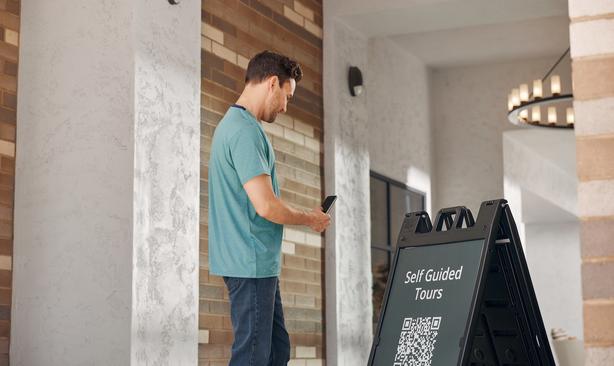 Self-Guided Tours
Self-Guided ToursWhat to Look for When Choosing Self-Guided Apartment Tour Technology
The best SGT solution will make life easier for you, your staff and your prospects. Here’s what to look for to ensure everyone benefits from your choice.

How to Implement Self-Guided Apartment Tours
Self-Guided Tours
Are Self-Guided Tours Right for My Community?
Self-Guided Tours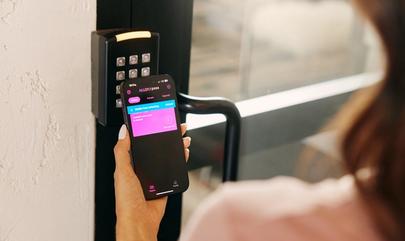
Is Smart Access Control Worth It? Pros and Cons
Access Control
How to Choose an Access Control System
Access Control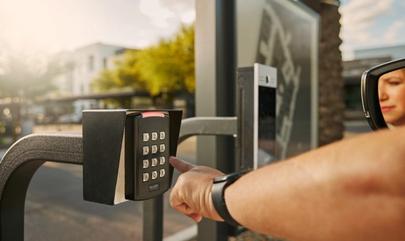
Access Control: A Guide to the Basics
Access Control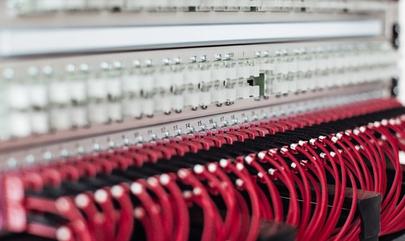
What is Managed WiFi & Should You Get it?
Community WiFi
Are Contactless Apartment Rentals Here to Stay?
Smart Home Automation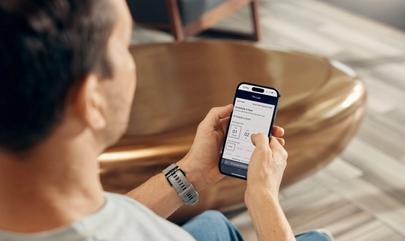
Self-Guided Home & Apartment Tours 101
Self-Guided Tours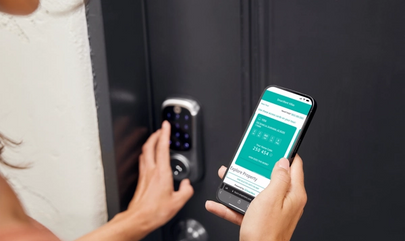
The Guide to Keyless Entry for Apartment Buildings
Access Control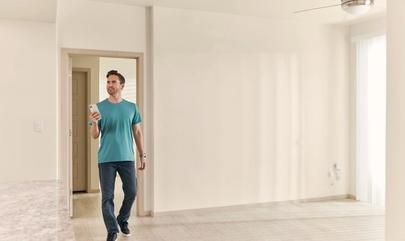
Transforming Property Tours: The Power of Smart Apartment Technology
Self-Guided Tours
Access Control Systems & Installation in Miami, FL

Access Control Systems & Installation in Dallas, TX
Access Control
Access Control Systems & Installation in Austin, TX
Access Control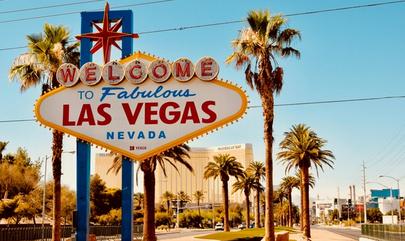
Access Control Systems & Installation in Las Vegas, NV
Access Control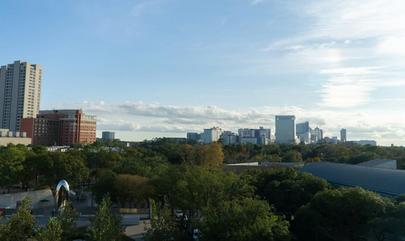
Access Control Systems & Installation in Houston, TX
Access Control
Access Control Systems & Installation in New York City, NY
Access Control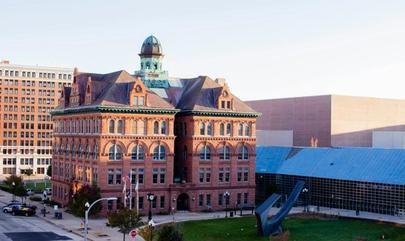
Access Control Systems & Installation in Peoria, IL
Access Control
Access Control Systems & Installation in Los Angeles, CA
Access Control
Access Control Systems & Installation in Aurora, IL
Access Control
Access Control Systems & Installation in Nashville, TN
Access Control
Access Control Systems & Installation in San Antonio, TX
Access Control
Access Control Systems & Installation in Denver, CO
Access Control
Access Control Systems & Installation in Tampa, FL
Access Control
Access Control Systems & Installation in Aurora, CO
Access Control